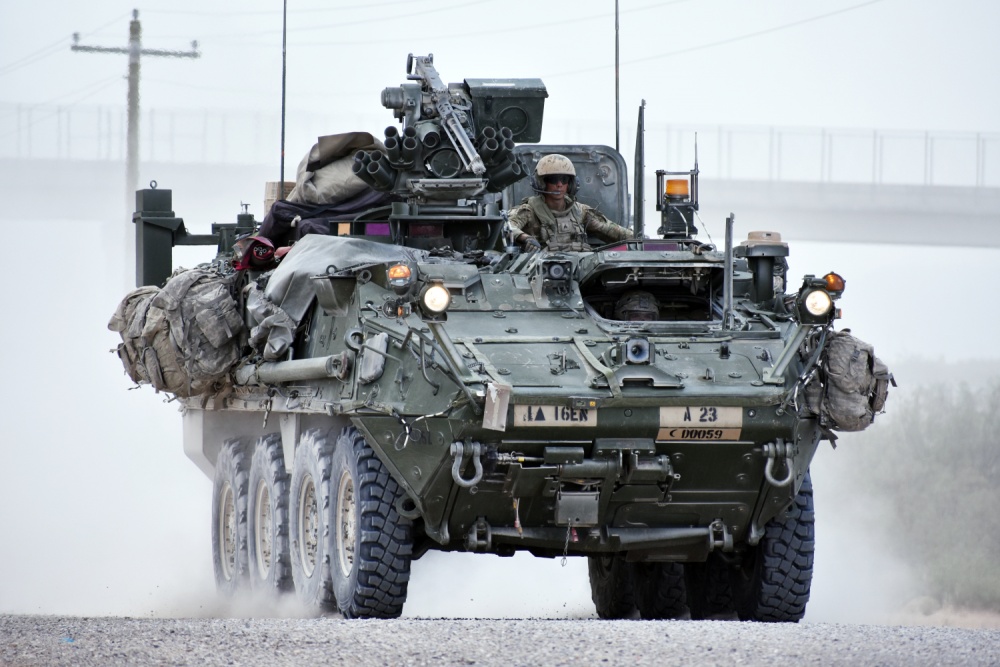General Dynamics Land Systems Inc. has been awarded a new $11 million contract by the U.S. Army for support for the entire Stryker program.
The contract announced on 2 August by the U.S. Defense Department (DoD) to provide parts supply support for the entire Stryker wheeled combat vehicles program.
According to the DoD, work locations and funding will be determined with each order, with an estimated completion date of Feb. 28, 2019.
In late June, the DoD also has awarded General Dynamics a contract for upgrades on the Stryker armored combat vehicle.
The deal, from U.S. Army, is valued at more than $68.5 million and enables General Dynamics to upgrade the flat bottom under bellies of the vehicle to the double V-hull configuration, according to the Defense Department.

The Stryker Family of vehicles, designed and manufactured by the General Dynamics, combine versatility, survivability, lethality and maneuverability to handle a wide array of missions.
Introduced in 2000, the eight-wheeled, medium-weight Stryker provides versatility, survivability, lethality and maneuverability. The Stryker Double-V Hull is known as the gold standard of protection.
It operates with the latest C4ISR equipment as well as detectors for nuclear, biological and chemical weapons. Stryker vehicle configurations include the nuclear, chemical and biological reconnaissance vehicle; anti-tank guided missile and medical evacuation vehicles; and carriers for mortars, engineer squads, infantry squads, command groups, and fire support teams.